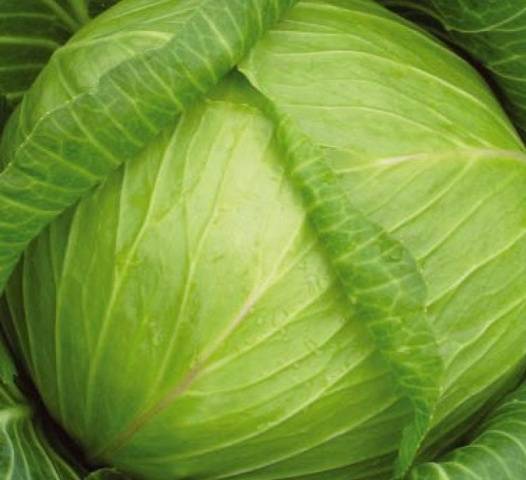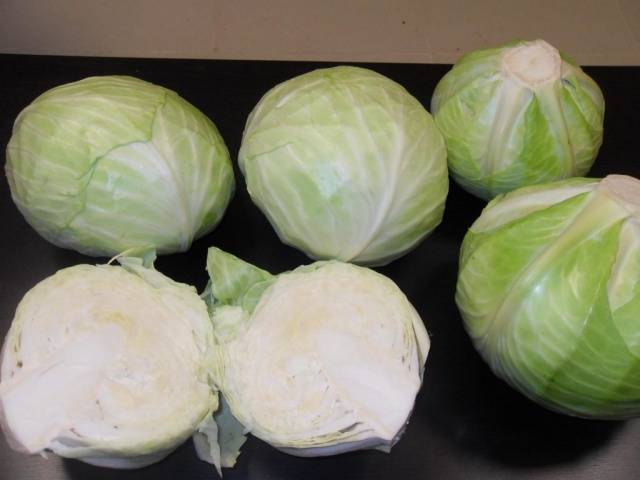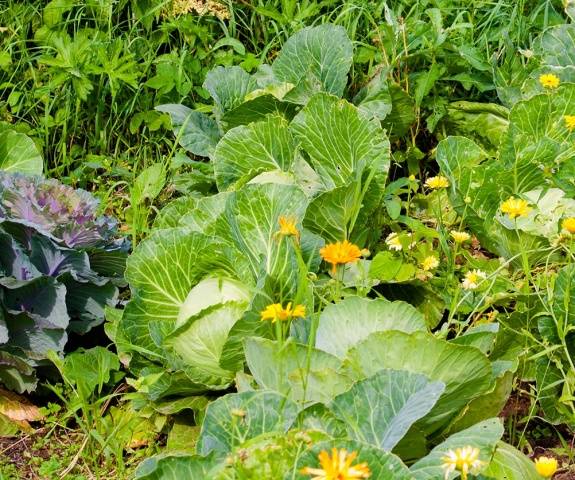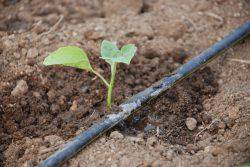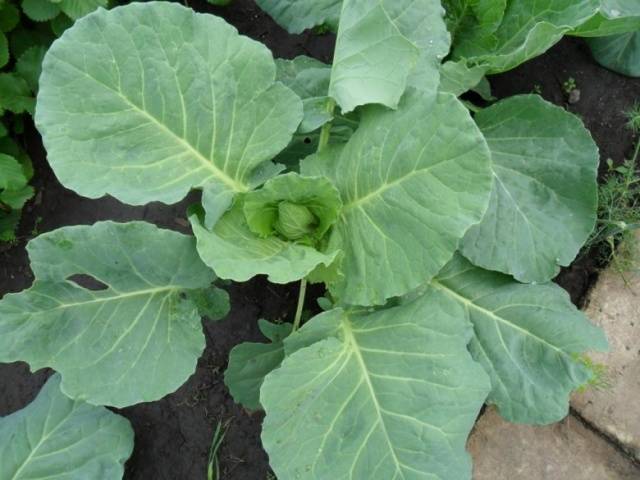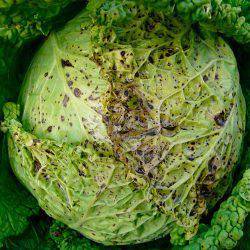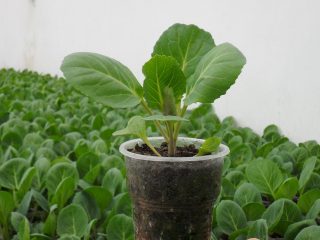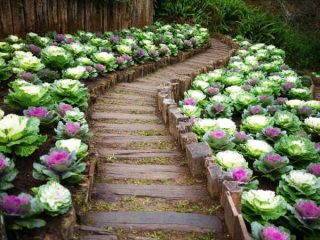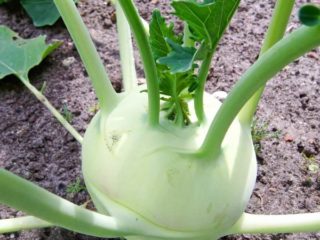Content
Nadezhda white cabbage is considered one of the most popular vegetables. It is grown throughout Russia. In the article we will tell you about the features of growing and caring for Nadezhda cabbage.
Variety history
The Nadezhda variety was bred in 1969 by Siberian breeders. White cabbage is a hybrid obtained from crossing two varieties: Slava Enkgoisen and Dense cabbage. Before Nadezhda got a start in life, a careful selection took place for several years.
The originator of the Nadezhda variety is the scientist NIIOKH Nasrullaev N.M. The culture was included in the State Register six years later and was recommended for cultivation in ten Russian regions. Later, the cabbage variety Nadezhda began to be planted in almost the entire Soviet and post-Soviet space, both in private farmsteads and in large agricultural enterprises.
Appearance
White cabbage Nadezhda is included in the cohort of mid-season varieties. You can collect ready-made heads of cabbage 120-125 days after germination. If we consider the issue of technical ripeness from the time of transplanting seedlings to a permanent place, then a white vegetable ripens within 95 days.
The variety Nadezhda has a rosette of medium-sized leaves, semi-spreading. The leaves themselves are small, rounded. The surface of the leaf blades is gray-green, the waxy coating is poorly marked. Edges of wrinkled leaves with characteristic waves.
Heads of cabbage can be round or slightly flattened in shape. The density of the cabbage is good. The upper integumentary leaves of the head are light green, white at the cut, with practically no voids between them. The average weight of the forks of this cabbage variety is about 3.4 kg. Internal stump is underdeveloped, short. As the gardeners write in the reviews, who planted this white-headed vegetable, this is a clear plus of the Nadezhda variety. All this can be clearly seen in the photo.
Characteristics of the variety
To better understand the advantages and disadvantages, in addition to describing the cabbage variety Nadezhda, you will need to get acquainted with the reviews and photos taken by gardeners. We will try to present the characteristic features.
Dignity
You have already met the description of cabbage, and now let's turn to the characteristics:
- Cabbage variety Nadezhda is a high-yielding variety, with proper care, the maximum indicators vary within 1445 centners per hectare when grown on a production scale.
- The Nadezhda variety of universal application with excellent taste, is recommended for fresh consumption, making various soups, stewing. But the main purpose is fermentation, salting, pickling. Harvested in such ways, cabbage will shake with its crunch and whiteness.
- No cracking of the heads is observed.
- Due to their density, heads of Nadezhda cabbage are stored for about six months under certain conditions, they can be transported over any distance. The presentation and useful properties of cabbage are preserved.
- Varieties Nadezhda 85 and 455, according to gardeners, are drought-resistant and cold-resistant crops. White cabbage tolerates temperatures up to -5 degrees. The maximum yield is obtained at a growing temperature not higher than +25 degrees. Hot weather (more than +25 degrees) is dangerous for Nadezhda cabbage, as nitrates are accumulating.
- Plants practically do not get sick with black leg, keel, gray rot due to good immunity.
Beneficial features
The Nadezhda variety is distinguished by a high content of vitamins, minerals, and fiber. But these properties of cabbage will differ depending on the region in which it is grown. So in the south, cabbage will have less sugar and a lot of vitamins. In sunny summers at moderate temperatures, the content of vitamin C rises in heads of cabbage.
Place of cultivation
Cabbage Nadezhda, according to gardeners' reviews and a description of the variety, is demanding on lighting. For her, you need to select an area where the sun will rule all day:
- in partial shade, vegetative processes slow down, which leads to an increase in the maturation of cabbage;
- the usefulness of a white-headed vegetable is reduced due to accumulated nitrates;
- heads of cabbage lose density, become loose, lose keeping quality, as gardeners who have been growing crops for more than one year say, resemble brooms.
Soil features
There is a special attitude towards the soil on which it is supposed to plant the cabbage of the Nadezhda variety. It must be fertile, contain sufficient nitrogen, calcium and potassium. The ridges need to be prepared in the fall, applying organic or mineral fertilizers. From organic matter, manure, compost, humus or peat are preferable.
Seedlings - a guarantee of the harvest
As a rule, the Nadezhda variety is grown through seedlings. To do this, prepare containers or a greenhouse on the street.
Soil preparation
- The soil should be fertile, but not acidic. Most often, gardeners themselves prepare a soil composition from sod land, sand, peat. All components are taken equally.
- It is useful to add a small amount of wood ash to the soil, as in the photo below. It contains all the trace elements necessary for the plant. In addition, ash deacidifies the soil and prevents the development of blackleg.
- Then the soil is spilled with boiling water with dissolved potassium permanganate. This procedure helps to get rid of spores of diseases, pest larvae.
Seed preparation and sowing
Before sowing, seeds must be disinfected for 20 minutes in hot water (not higher than 50 degrees), if they are not coated. Then dip in cold water. If desired and the presence of growth activators, you can use them.
Seeds are sown in moist soil to a depth of 0.5 cm, water gently so as not to blur the surface. Then cover with glass or film, which is removed after the appearance of the first sprout.
In a greenhouse or nursery, the temperature should not be high, otherwise the seedlings will stretch out. But the lighting is maximized.
Seedlings can be dived, but this is not necessary. The main thing is that the seedlings do not grow densely: weak sprouts must be removed. When it reaches 20 cm in height and 5-6 true leaves appear, the seedlings are planted in a permanent place.
In the process of caring for seedlings, they monitor soil moisture. Drying should not be allowed, but it should not be poured either. Too moist soil can cause root rot.
White cabbage varieties:
https://www.youtube.com/watch?v=vdhI2H5FXgE
Cabbage care
To get a good harvest of cabbage variety Nadezhda, you must adhere to the rules of caring for the variety in the open field. This will be discussed further.
Watering features
The Nadezhda variety must be constantly watered. While the cabbage is in the nursery, it is better to take warm water. In the future, you can use the water from the barrel.
You should not pour too much cabbage, otherwise you can provoke fungal diseases. In recent years, gardeners have been installing drip irrigation systems. In this case, the white-headed vegetable receives water in a metered dose right at the root.
Loosening, hilling
White cabbage variety Nadezhda needs light, breathable soil. Comfortable cultivation can be achieved by timely loosening. Are removed at the same time weeds.
Since the stalk of the variety is weak, it is necessary to huddle the plants.This work is combined with loosening after watering or rain.
Feeding rules
Like any vegetables, you should not overfeed Nadezhda's white cabbage. Everything should be in reasonable quantities. Most of all, the variety needs nitrogen, calcium and potassium.
Recently, gardeners in private plots have been trying to avoid mineral fertilizers. In this case, the help will be:
- infusion of mullein and chicken droppings;
- green manure from fresh grass;
- dry wood ash and extract from it.
During the growing season, no more than four dressings are carried out. They are combined with watering.
If fertilizers are used, then the process follows the following scenario:
- 20 days after transplanting, Nadezhda cabbage seedlings are fed with nitrogen-containing fertilizers.
- Then, two weeks later, potash fertilizers.
- The third feeding with superphosphate.
If necessary, feed the plants again.
Disease prevention
Variety Nadezhda is susceptible to bacteriosis, which negatively affects storage. Preventive measures must be taken even in the pre-sowing period when processing seeds and soil. Spilling the holes with boiling water with potassium permanganate also helps to get rid of the disease.
Special chemical preparations help to get rid of diseases or slightly weaken their harm. Treating bushes and soil under bushes with dolomite flour or wood ash is a good way. In addition, in addition to getting rid of pests, plants receive additional nutrition.
You can get rid of caterpillars, midges and aphids with the help of Fitoferm or Spark D. Planting between the bushes of marigolds, marigolds saves plants from pests. The caterpillars are selected by hand.
About the methods of pest control and feeding features:
